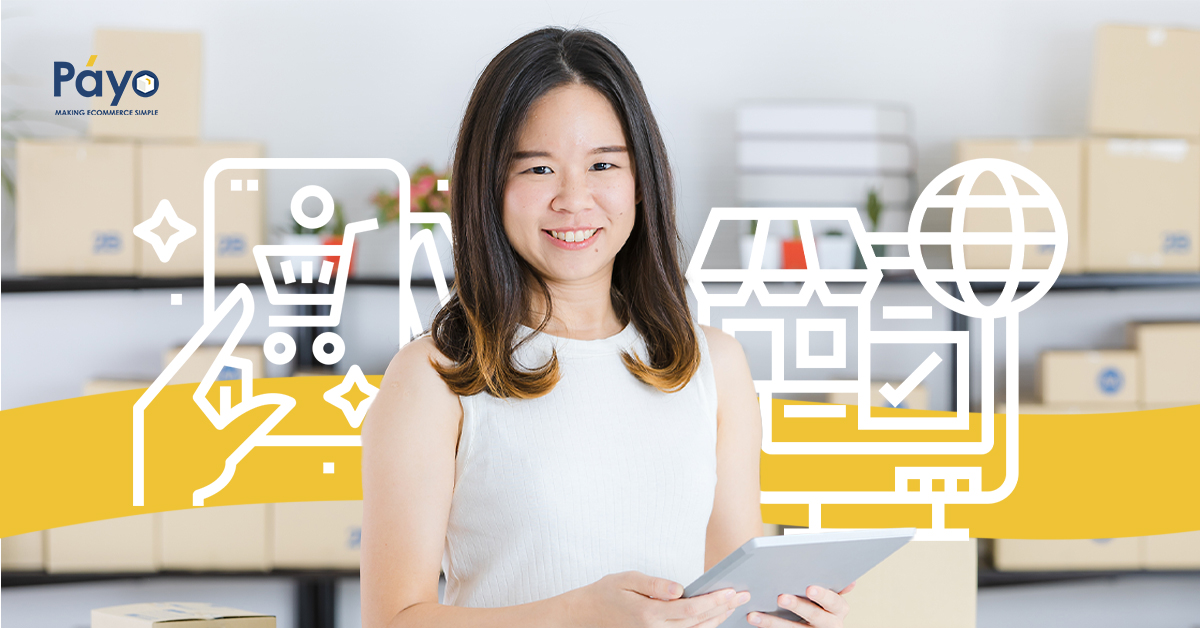

Understanding E-commerce and its meaning
E-commerce is a vital and inevitable part of many businesses today. Ever since the first online transaction was made over 25 years ago, it has created opportunities for businesses to thrive and survive, all by just setting up a shop and selling E-commerce services and products.
However, E-commerce and its meaning continues to puzzle many, as it is a broad and multi-faceted term. Merchants must understand E-commerce’s meaning to be fully immersed in it. If you are unsure about how it works and how to be part of this ever-growing industry, let us dig deeper into it!
What is E-commerce?
Electronic commerce, or E-commerce, refers to the buying and selling of products and services online. It is powered by the Internet and commercial activities can be done on laptops, smartphones, tablets, and other smart electronic devices.
However, not all businesses that exist online are considered E-commerce. By definition, E-commerce is a subset of e-business that covers the sales and purchases made via a website. Meanwhile, E-businesses do activities online including sales calls, signing contracts, and so on. This might require a digital workplace in order to run.
For example, you can say an online business is E-commerce when it sells physical products and services to an internet user. It is considered as E-commerce since the whole sales process is done online.
How it works
As the Department of Trade and Industry puts it, E-commerce is faster and a lot cheaper than traditional economic transactions. As it is done via digital platforms, the cost of exchanging information is lower and easier, thanks to 76M internet users in the Philippines.
But to newbies, E-commerce works just like a brick-and-mortar store. Online customers come and browse your online store, add their products to their virtual carts, and check out to complete the transaction. The big difference is that they don’t need to get off their couch to access your E-commerce service. Your customer base isn’t limited to a specific geographic area or region.
How to get started
Starting in E-commerce is as equally tricky as setting up a physical store. Whether you’re selling pet accessories or fashion items, E-commerce involves research, financial resources, several steps, and many more.
First, you have to know what you want to sell. This is quite challenging as the competition online is tough, and there can be similar products or services as yours. But once you’ve settled into a product idea, you have to know how you can obtain and then sell it.
There are a lot of options on how you can set up your E-commerce store: you can start your own website, join an online marketplace like Shopee or Lazada, or utilize social media as a marketplace. Of course, the best choice would be the one that makes the most sense for your business.
It’s time to get the ball rolling in E-commerce
With the basics of E-commerce and its meaning laid out for you, there’s only one thing to do – take action.
Wherever you are right now in your E-commerce journey, there’s always something you need to do next. And you need a reliable partner to help you make sound decisions for your online business. For this reason, Payo’s got your back!
As an E-commerce enabler in the Philippines, Payo can help you with all things E-commerce. Our tech-based solutions such as Marketplace Optimization, Fulfillment, and Last Mile Management can help you focus on more important aspects of your business.
With us onboard, E-commerce is easier. Sign up today or send us a message at [email protected].

